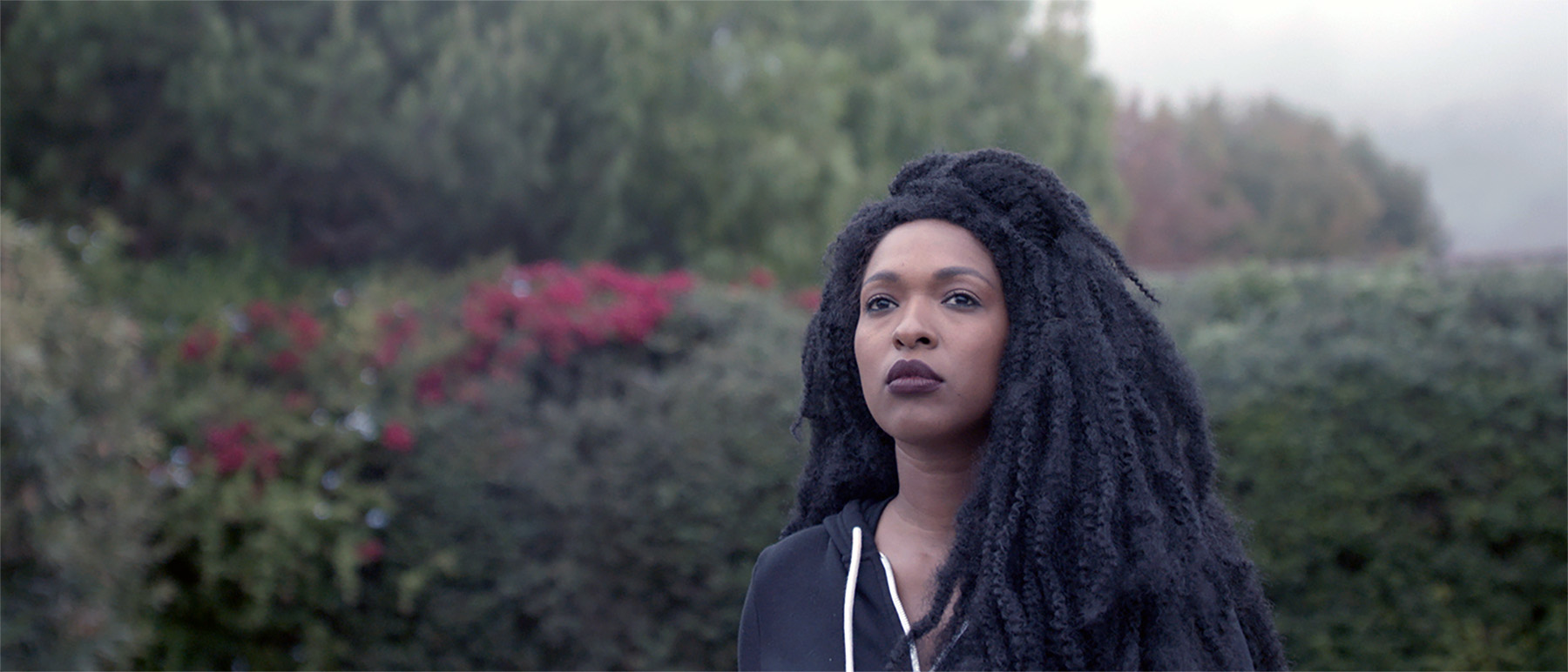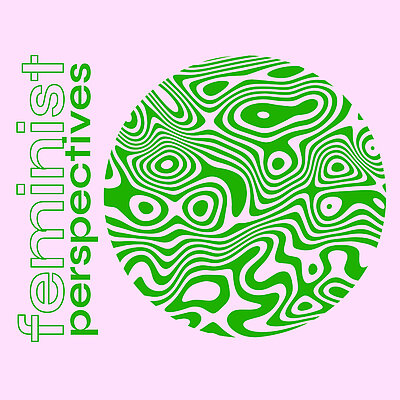
Sunday, December 7, 2025, 5.30 to 8 pm
FEMINIST PERSPECTIVES OF DISABILITY
Program 7 | [RISING SOUND OF WIND RUSHING] – Deaf Gain as Reorientation of the Senses
Feminist Perspectives | Program 7 | [RISING SOUND OF WIND RUSHING] – Deaf Gain as Reorientation of the Senses
Between 2011 and 2013, a series of tubas were stolen from several high schools in Los Angeles. The Tuba Thieves, however, tells no story about thieves or missing instruments. Instead, the film asks: What does it mean to hear? What happens when the deepest voice of a marching band falls silent? How does absence sound?
The feature debut of d/Deaf filmmaker and artist Alison O'Daniel takes the tuba thefts as a starting point for a radically experimental engagement with sound, music, and language—and with the insight that hearing is not necessarily an auditory experience. O'Daniel combines documentary, narrative, and essayistic forms, weaves reenactments of historical concerts with fictionalized portraits of real people, and creates a cinematic portrait of Los Angeles that has never been seen—or heard—like this before.
Most characters are played by Deaf actors, including Nyeisha "Nyke" Prince and Russell Harvard. Nyke plays a fictionalized version of her own life: she is Deaf, gets a drum set and an empty rehearsal room, and searches for her relationship to music. In other parts of the city, we follow Geovanny Marroquin, a saxophonist at one of the schools where tubas were stolen. We see him performing at football games, hanging out with friends in the afternoon. His neighborhood is filled with noise—and air pollution—from the nearby LAX airport. Children jump on a trampoline while subtitles show [KIDS LAUGHING] and [RISING SOUND OF WIND RUSHING]. Another cut leads from a Deaf skateboarder to a plane flying over him and back to his skateboard brushing against empty, clinking bottles.
These stories stand in loose, peripheral relationships to each other—as they do to the tuba thefts, which are only briefly reenacted and by no means form the film's center. In the foreground is what happens around them and what emerges in their real and symbolic aftermath: a marching band without tubas, a soundscape without its deepest frequency. The film imagines what is missing—and shows that absence can be as formative as presence.
Between these documentary and semi-fictional strands, O'Daniel edits reenactments of historical concerts where audiences experienced music through "silence." Such as John Cage's legendary premiere of 4'33" in 1952, where a pianist sits at the piano for four and a half minutes without playing a note—a piece one could read as a "tuba theft" because it stages absence and disappointed expectation. In O'Daniel's version, a frustrated audience member leaves the hall, goes into the forest, takes off their shoes, and feels the leaves under their feet. The scene is both comic and liberating—a subtle refusal to adopt Cage's essentialist notions of sound and music that fetishize the theater's soundscape and exclude Deaf audience members.
Another reenactment recalls the last punk show at the Deaf Club in San Francisco in 1979, organized by artist Bruce Conner, as well as a conversation with organizers of a free concert that Prince gave during his Purple Rain tour at Deaf University Gallaudet. Between these are black-and-white passages of visual poetry in sign language, created by artist Christine Sun Kim (who is also represented in this program with her film [Closer Captions]).
O'Daniel expands the function of subtitles far beyond a tool of inclusion and transforms them into a central narrative element. The captions form a third narrative level, equal to image and sound. They don't just describe what can be heard but create their own language: "quiet air"—a description of sound, but also of atmosphere, sensation, and shared presence. Shots of LED signs in front of high schools that initially seem like mere establishing shots carry existential questions or statements. Thus open captions become an independent narrative space—not an afterthought.
The cinematic language mirrors the experience of being hard of hearing or Deaf: overlapping narratives, unconventional image framing, captions that develop their own narrative. "The Tuba Thieves is a film about listening, but it's not bound to the ear," says O'Daniel. "It's a film about Deaf Gain, hearing loss, and the perception of sound in Los Angeles."
At screenings of the film—first at Sundance Film Festival 2023, then at MoMA's Doc Fortnight, SFFILM, and numerous other festivals—balloons were distributed to the audience to transmit vibrations. Viewers held these balloons, literally held their breath, and "heard" the film through feeling: the vibrating motors of planes, the rhythmic beat of drums, the undulating tension of waves—and of things that sound like waves, skateboard wheels, highway traffic. The sensory experiences in the film extended into the screening space, where Deaf and hearing, disabled and non-disabled people shared time and space together.
The Tuba Thieves is an audiovisual, almost anthropological study—a synesthetic movement between image and sound, silence and dynamics. The actual protagonist is perception itself: how sound, silence, and their absence shape our view of the world—depending on whether one hears, is hard of hearing, or is Deaf.
Information
PROGRAM 7
Sunday, December 7, 2025
5.30 to 8 pm
[RISING SOUND OF WIND RUSHING] – Deaf Gain as Reorientation of the Senses
The Tuba Thieves (Alison O’Daniel, USA 2023, 91 min) OV (EN, SDH)
Followed by a conversation with
Alison O’Daniel (Zoom conversation in English, ÖGS)
Moderation: Constanze Ruhm
Admission and screening is free; all you need to do is register online for a ticket. Please register for the slots only, that you can attend in person. Please exchange the ticket at the box office for a wristband, which also grants you free admission to all exhibitions at mumok on that day.
The organizers want to make it easy for everyone to join in by offering free admission, but appreciate a voluntary donation to help cover the costs. You will find the donation box at mumok cinema.

© mumok – museum moderner kunst stiftung ludwig wien
